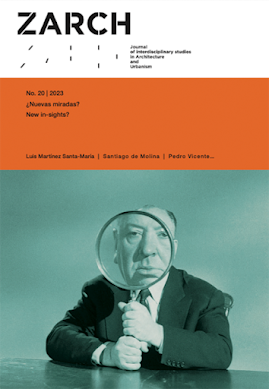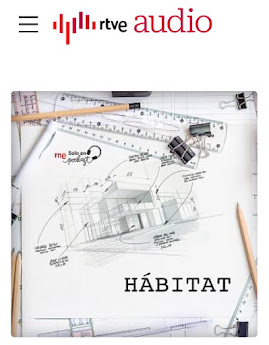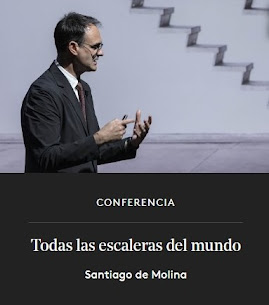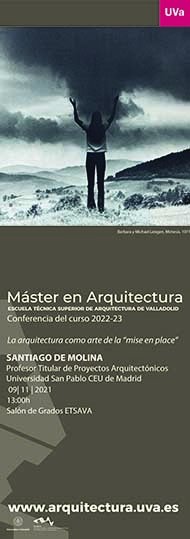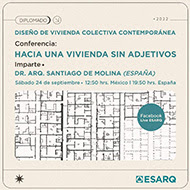En Kioto, en un palacio erigido a la vez que en El Escorial se levantaba otro con millares de toneladas de granito, existe una plataforma de madera y bambú construida para contemplar la luna, (acto que se denomina tsukimi). Los reflejos de esa luz en el estanque próximo hacían las delicias de un emperador capaz de percibir lo sutil como un absoluto. Esta sensibilidad no le pertenece en exclusiva. La grava blanca y rastrillada por los monjes de los templos sintoístas refleja la luz de la luna como lo hacen las olas del océano.
Ancestralmente, los carpinteros observan la luna como quienes leen un mapa secreto. Saben que cuando la luna crece, la madera sube con la savia y se vuelve blanda y dócil al escoplo. Quienes cortan la madera en luna creciente buscan la flexibilidad y la posibilidad de doblar y torcer la forma sin romperla. Por el contrario, quienes talan un árbol en luna decreciente, con la savia baja, saben que su madera se endurecerá y será estable, que resistirá el tiempo, que no se astillará ni se deformará con las estaciones y que, por ello, es más adecuada para las estructuras y para las vigas de una obra. Cada pieza lleva consigo la luna bajo la que fue talada.
En algunas culturas, la luna marcaba el momento de iniciar una cimentación, de levantar una primera piedra o incluso de bendecir una casa. En Mesoamérica, templos como los de Teotihuacán muestran orientaciones vinculadas a las posiciones lunares. En el desierto del suroeste norteamericano, el trazado de los grandes complejos de Chaco Canyon parece responder a los extremos del ciclo lunar de dieciocho años y medio. Stonehenge, al otro lado del mundo, señala exactos límites lunares.
En las calles de Pompeya pueden verse aún unas piedras de caliza blanca incrustadas en el pavimento de oscuro basalto como canicas inesperadas. Su blancura captaba la luz nocturna como lo hacen los ojos de un animal y permitía leer los desniveles y escalones del suelo cuando la ciudad quedaba iluminada únicamente por la luna.
«Por el cielo va la luna, / con un niño de la mano». Poco se proyecta ya con la luna, el sol, las estrellas o el mismo paisaje como argumento. Poco cuenta lo que nos rodea. Pero mientras sigamos siendo cuerpos, seguiremos sintiendo su influjo y su peso, como ese niño de Lorca.
In Kyoto, in a palace erected at the same time as another was rising in El Escorial with thousands of tonnes of granite, there is a platform of wood and bamboo built for the contemplation of the moon (called tsukimi). The reflections of that light on the nearby pond delighted an emperor capable of perceiving the subtle as an absolute. This sensitivity was not his alone. The white gravel, raked by the monks of Shinto temples, reflects the moonlight as ocean waves do.
Since ancient times, carpenters have observed the moon as one reads a secret map. They know that when the moon waxes, the sap rises in the wood and it becomes soft and yielding to the chisel. Those who cut timber under a waxing moon seek flexibility and the possibility of bending and twisting form without breaking it. By contrast, those who fell a tree under a waning moon, when the sap is low, know that its wood will harden and become stable, that it will withstand time, that it will neither split nor warp with the seasons and that, for this reason, it will be better suited to structures and beams. Each piece carries with it the moon under which it was felled.
In some cultures, the moon marked the moment to begin a foundation, to lay a first stone, or even to bless a house. In Mesoamerica, temples such as those of Teotihuacán reveal orientations linked to lunar positions. In the desert of the American Southwest, the layout of the great complexes of Chaco Canyon seems to respond to the extremes of the eighteen-and-a-half-year lunar cycle. Stonehenge, on the other side of the world, marks precise lunar limits.
In the streets of Pompeii one can still see small stones of white limestone set into the dark basalt pavement like unexpected marbles. Their brightness caught the nocturnal light as an animal’s eyes do, allowing the steps and changes in level of the ground to be read when the city was illuminated only by the moon.
“Through the sky goes the moon, / holding a child by the hand.” Little is designed today with the moon, the sun, the stars or even the landscape itself as an argument. What surrounds us counts for little. Yet as long as we remain bodies, we will continue to feel their influence and their weight, like Lorca’s child.



























_-_left_hand_screen,%20imagen%20wikipedia.jpg)











